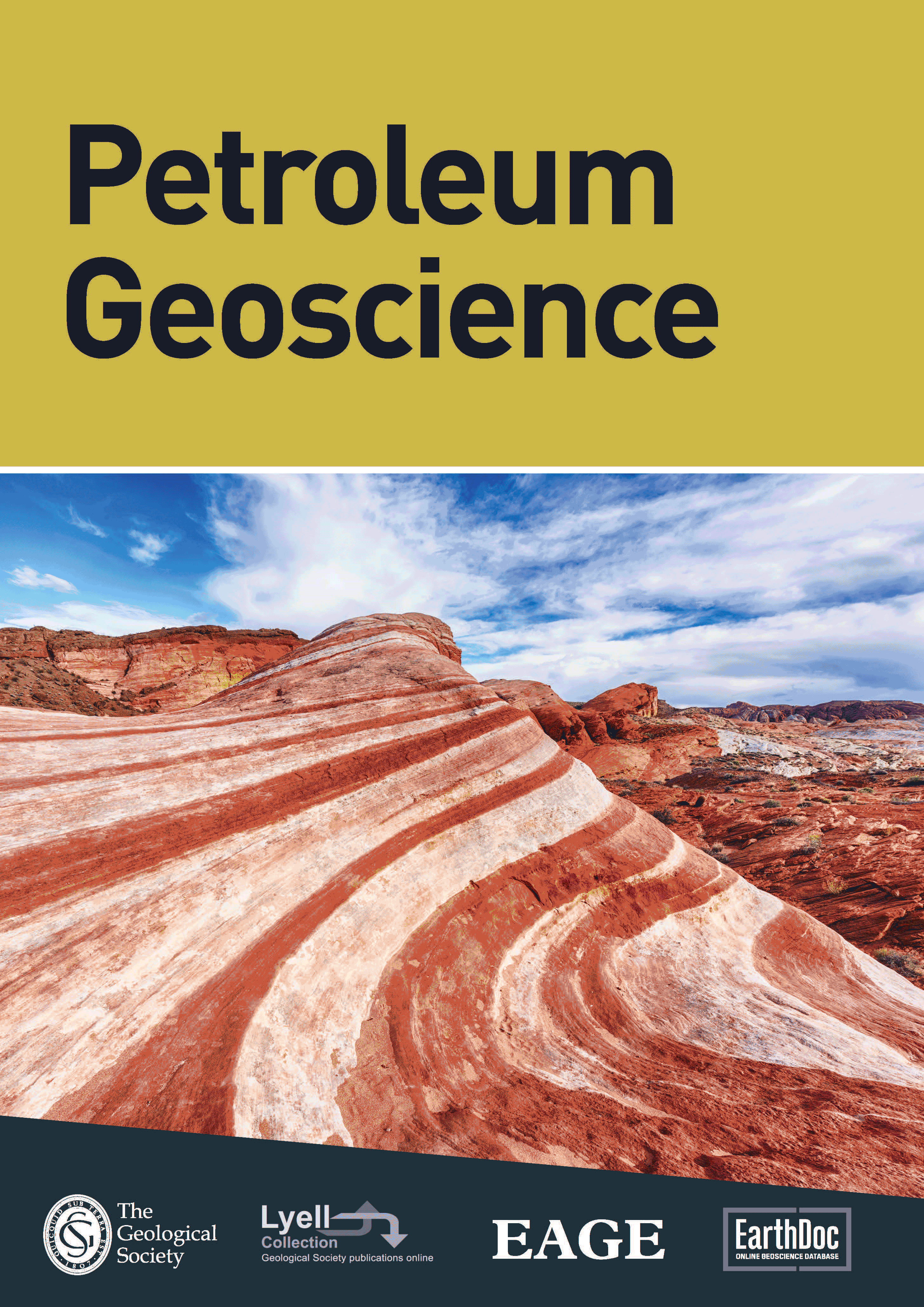
Full text loading...
 , Sohini Dasgupta1, Baisakhi Das1
, Sohini Dasgupta1, Baisakhi Das1
Structural heterogeneities and tectonic forces in NE India give rise to changeable in situ stresses with varying orientations in this part of India. Wells located in the seismic gap in Upper Assam, the Naga Thrust and the Chittagong–Mizoram–Tripura fold belt of Mizoram are used to study stress state and borehole collapse models for the area. The absence of stress studies in the Mizoram area acts as an impetus to undertake stress studies. Poroelastic modelling shows the average ratio of maximum horizontal to vertical stress to be 0.79 for normal-faulted, 1.18 for thrust-faulted and 1.12 for strike-slip-faulted regimes. The S H direction varies from 193°N in Upper Assam to 213°N in Mizoram areas. The image log from a well in the Mizoram area shows the rotation of S H direction (c. 85°) to vary from 500 to 3707 m due to structural heterogeneity. The thrust and strike-slip regimes in the study area pose the major threat for safe borehole drilling in this complex terrain. To mitigate this issue, Mohr–Coulomb (MC) and Mogi–Coulomb (MG) rock failure criteria are discussed to predict the minimum mud weight required for borehole drilling. MG-predicted mud weight (MW) ensures borehole stability in wells in normal-faulted sediments, while MC-predicted MW prevents shear failure in wells in thrust and strike-slip regimes. A disc plot is used to model a stable wellbore drilling path with a minimum MW. A vertical well is shown to be stable in a normal-faulted regime, whereas horizontal drilling is preferable in the fold–thrust belt. Sensitivity analysis of geomechanical input parameters on MW using Monte Carlo simulation shows that S H has the maximum effect on MW regardless of the faulting regimes.

Article metrics loading...

Full text loading...
References


Data & Media loading...

